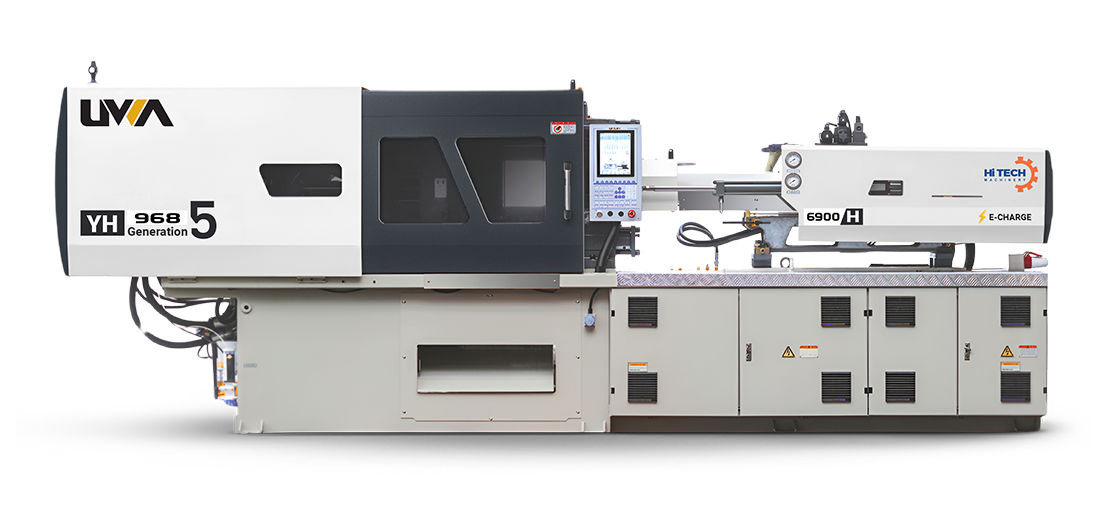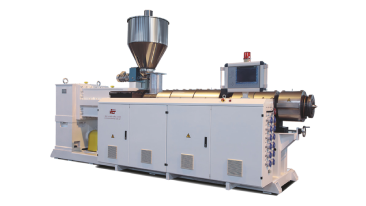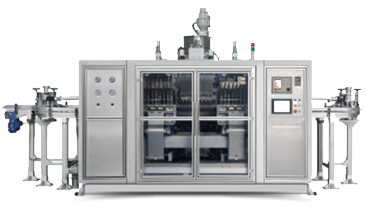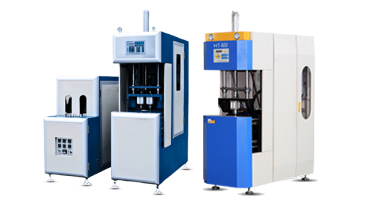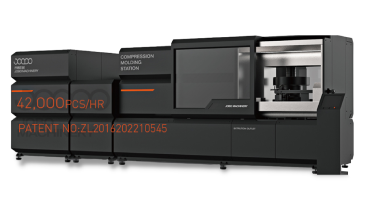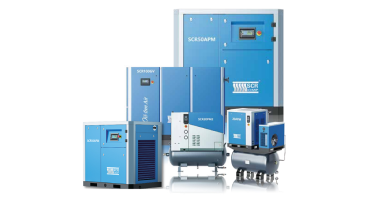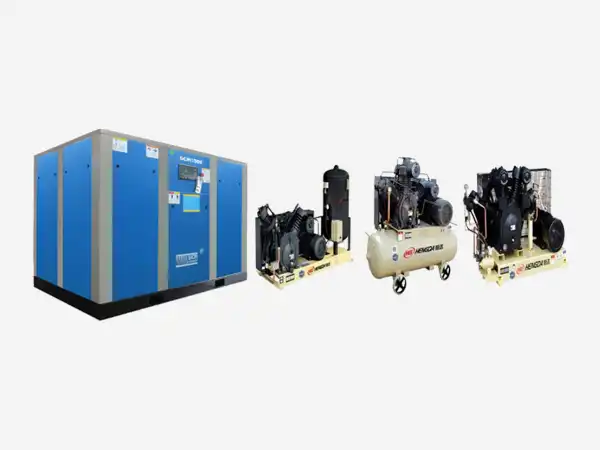This air compressor guide exposes the differences between different types of air compressors. Compressed air is air that is kept under a pressure greater than atmospheric pressure. Compressed air plays an important role in most manufacturing processes as it is an important medium for transfer of energy in industrial processes. The basic working principle of air compressor is that it takes air at atmospheric pressure and raises it to a higher pressure. There are two processes used to produce compressed air.
- Conversion of air velocity into pressure (Dynamic Conversion) by using radial and axial compressors.
- Reduction of air volume (Displacement Conversion) by using reciprocating compressors (piston type) and rotary compressors (screw type).
Dynamic Compressor
Commonly used compressors compress the air by reducing the volume, however, the working principle of dynamic compressors is a bit different. There are one or more rotating elements in the dynamic compressor. These rotating elements speed up the air and then slow down the air. The speeding up and then suddenly slowing down the air increases pressure. Let’s see the difference between the working of the radial compressor and the axial compressor.
The basic working flow of a radial compressor is that the air reaches the center of a rotating impeller. Air is pushed outward by centrifugal force. The diffuser gradually reduces the air velocity. Velocity energy is converted to high pressure.
The axial compressor has rotating airfoils (called rotors), and fixed airfoils (called stators). Rotors are connected to the central shaft and rotate the air at high speed. While stators increase the pressure.
Reciprocating Compressor
High-pressure reciprocating (Piston Type) air compressors use pistons that move in an up-down direction inside a cylinder by a crankshaft to compress. As the piston moves down, the air enters into the chamber of the cylinder through suction valves. When the piston moves up, the compression of the air starts and its pressure begin to increase. When the pressure inside the cylinder exceeds than the pressure of the discharge valve, the discharge/delivery valve opens and the compressed air is delivered to a receiver (air storage tank) where it can be utilized for the work. One-way valves in piston-type air compressor make sure that sucked-in air cannot escape as well as compressed air cannot flow back when the piston moves down again. Air compressor in which entire compression is carried out in a single cylinder is called single-stage reciprocating air compressor.
If you need more high compressed air, then you can use double-stage reciprocating air compressor in which air compression takes place in two stages. The basic operating process of double-stage reciprocating air compressor is that air is first compressed in one cylinder, after that this compressed air is transferred to the second cylinder for further compression. Finally, the compressed air is delivered in storage tank.
There are many moving parts in the piston air compressor including piston, piston ring, crankshaft, connecting rod, etc. causing wear and tear. Contacting of piston rings against the cylinder walls causes to generate friction and internal temperature rises around 150-200 deg C. These two reasons make the piston-type air compressor suitable for intermittent use only.
Typical applications of high-pressure air-cooled reciprocating air compressors include workshops and small factories where the air demand is not continuous or not too high. One specialty application of piston air compressors is the blowing bottles made of PET.
The advantages of using a piston-type air compressor include relatively cheap, easy maintenance and suitable for high pressures. Disadvantages are high noise levels (100 db-A), no oil separation system and wear & tear is more. For more technical parameters of high pressure reciprocating air compressors.
Rotary Screw Compressor
Rotary screw compressors are usually used for continuous operation in industrial applications. A typical rotary screw air compressor has two spinning helical screws (also called rotors or air-end). One rotor is called the ‘male’ rotor and the other one is called the ‘female’ rotor. Air comes in through a valve (called an inlet valve) and is taken into the space between the screws (rotors). More and more air is pulled inside a limited space. As the screws mesh towards each other, they reduce the volume of the air, thus increasing the pressure. Note that as male rotor turns 1 time, the female rotor turns exactly 1.5 times. They are synchronized with each other. In short, atmospheric air is compressed after reducing its volume and increasing its pressure simultaneously. The maximum pressure created by the screw element is called the pressure ratio. In oil-injected screw air compressor, the pressure ratio is usually maximum 13. For oil-free screw air compressor, this compression ratio is about maximum 3.5.
As compared to piston type air compressors, screw air compressors have some value-added benefits, like:
- No wear and tear, as screw compressor has only two moving parts which are not is contact with each other.
- Internal temperature is around 80-90 Deg C.
- Suitable for continuous operation.
- Stocking of spare parts is not necessary because there is very low wear and tear.
- Less space consumption, low noise
- Less maintenance cost.
- Very minor loss in capacity.
HiTECH Machinery is a reputable distributor of “Shanghai Screw Compressor Co.,Ltd”. SCR compressor is the best option where 24/7 hours of compressed air is required. SCR air compressors are ideal for high temperatures and high dusty environment. Few global customer references include COCA-COLA, PEPSI, BMW, HAIR SVA RUBA, DAKIN, and many more. SCR company has a product family including permanent magnet series, micro oil air compressor, dry oil-free air compressors, low pressure air compressor, belt driven / direct driven air compressors, etc. Click here for detailed technical parameters of different types of screw air compressors.
Parameters You should consider before selecting an air compressor
- What horsepower (HP) of the compressor you require?
- For your unit, what volumetric flow is required? The measure of volumetric flow is called Cubic Feet per Minute (CFM).
- Consider portability and space
- What is your power source? Is it electricity or diesel engines?

